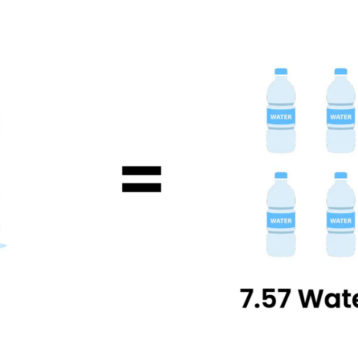
The internet produces around 3.7% of global carbon emissions in 2024, and they are increasing in tandem with data consumption. Internet users worldwide are expected to increase by approximately 17% (1.1 billion) between 2024 and 2029.
By 2025, communication technology will emit more carbon than any country except the US, India, and China. Renewable energy accounted for 29% of electric power generation in 2020.
Sustainable web design
Eco-friendly website services include sustainable web design, green hosting, and eco-friendly programming languages and content management systems. Sustainable design takes user experience and external variables into account. Information about adverse variables affecting a service or product is made publicly available, which helps identify where one can reduce a website’s non-sustainable impact.
This type of design identifies potential visitors through analytics, user research, and ethically, anonymously collected data, such as user feedback. The result is a tailor-made service adapted to user needs. Research and analytics make it possible to customize a product or service as needed without wasting resources, and emissions are reduced as a result.
Specifically, green web design emphasizes optimized code, lighter media, and user-friendly interfaces, leading to faster load times and a better user experience.
A further advantage of assessing visitors’ needs is compliance with privacy laws. You can improve privacy through anonymous analytics alongside test data.
Green hosting
Using green web hosting reduces a website’s carbon footprint considerably. The server runs on renewable energy while lowering power usage through energy-efficient methods. This also makes server maintenance less resource-intensive. Conservation of natural resources is among the main benefits of green hosting. It doesn’t use fossil fuels as energy sources like conventional web servers, which contribute to carbon emissions and adversely impact the environment. Green hosting uses solar, wind, and other renewable energy sources.
Green hosting providers also use efficient cooling and hardware to reduce the amount of energy required to run a server. What’s more, they implement rigid waste reduction and recycling programs to minimize environmental impact.
Eco-friendly programming languages and content management systems
Data center electricity use has grown steadily over the past 14 years. It increased from about 1% in 2010 to 3% in 2024 and is predicted to exceed 4% by 2030. Around 800 million trees would need to be planted to offset the escalating consumption. A groundbreaking recent study explored the energy use of more than two dozen popular programming languages, measuring each one by performance, energy consumption, memory, and combinations of these factors. The greenest languages were C, C++, C#, Rust, Java, and Swift. The least eco-friendly ones were PHP, Perl, Ruby, Jruby, and Python. The researchers came to the conclusion that faster languages weren’t necessarily the most energy-efficient.
In today’s world, website services center on the balance of speed and energy efficiency. A content management system that uses C# will be over 150% more energy efficient than one that runs on PHP. Green coding principles encourage software developers to implement lean coding principles, focusing on minimal processing to achieve optimal results. In this context, choosing energy-efficient languages and systems is crucial to reduce consumption.
Final thoughts
Embracing green web design, hosting, and content systems offers significant benefits that extend beyond environmental impact, creating a more sustainable and efficient online presence for a website. Green practices reduce a website’s carbon footprint by utilizing energy-efficient servers and renewable energy sources, helping businesses and individuals contribute to climate goals in the process. Further, eco-friendly choices can enhance brand reputation, appealing to increasingly eco-conscious website visitors and potential customers.










